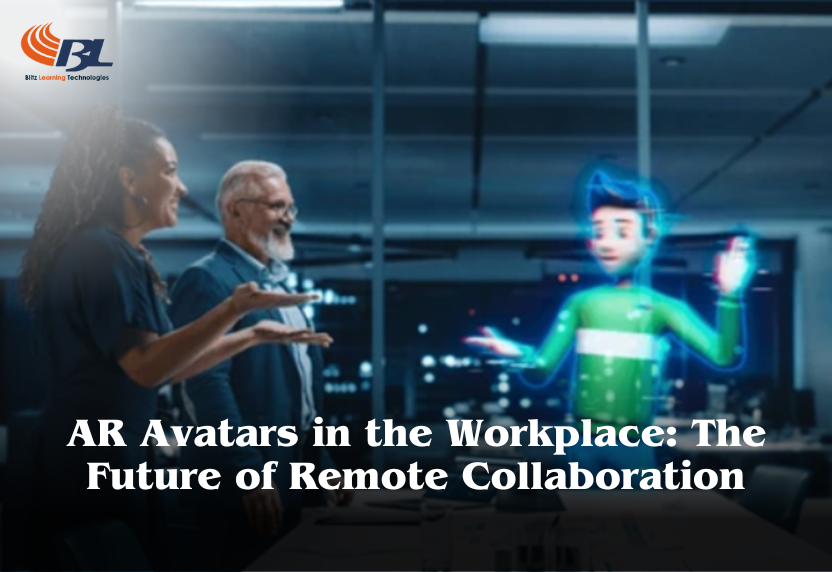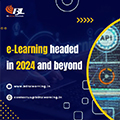
Blog
- Home
- Blog

27Jan
AR Avatars in the Workplace: The Future of Remote Collaboration
Introduction
The modern workplace is evolving at a pace never seen before, with technology redefining how we collaborate, communicate, and create. One of the advancements influencing the way people work in the future is the emergence of augmented reality (AR) avatars as a revolutionary tool for distant communication. These digital embodiments bring a new level of immersion and interactivity to virtual workspaces, blurring the lines between physical and digital worlds.
What Are AR Avatars?
AR avatars are three-dimensional digital representations of individuals that can be projected into augmented reality environments. These avatars provide a genuine sensation of presence by imitating the user's voice, gestures, and facial expressions in real-time. With AR avatars, users may engage with each other and their virtual environment more organically and dynamically than with text-based or static video chats.
The Potential of AR Avatars in Remote Work
The shift towards hybrid and remote work models has exposed the limitations of traditional communication tools like video conferencing. AR avatars present a promising solution to these challenges by offering several advantages. By making coworkers feel as though they are "in the room" with them, even when they are separated by great distances, they improve team relationships and presence and engagement. Additionally, AR avatars facilitate interactive collaboration, enabling teams to collaborate in real-time on 3D models, plans, or prototypes. Architects, designers, and engineers especially benefit from this ability since it fosters innovation and understanding among them.
Moreover, AR avatars promote cultural inclusivity by bridging language and cultural gaps through customizable appearances and real-time translation capabilities, ensuring effective and inclusive communication for diverse teams. Companies can also leverage AR avatars for immersive training sessions and onboarding experiences, where trainees can engage with virtual environments and scenarios, making the learning process both engaging and impactful.
Applications of AR Avatars Across Industries
AR avatars are making a significant impact across various corporate industries, offering unique advantages in each sector. In healthcare, surgeons can collaborate on intricate procedures within a shared AR environment, while medical students benefit from realistic simulations that enhance their practical skills. In retail, virtual shopping assistants powered by AR provide personalized recommendations, blending the online and offline shopping experiences seamlessly.
In the corporate world, AR avatars are transforming eLearning by enabling interactive and immersive lessons for remote employees, making training and development more engaging. Additionally, AR avatars facilitate virtual meetings, workshops, and brainstorming sessions, fostering improved communication and creativity among teams, and enhancing overall productivity.
Challenges to Overcome
Despite the promising potential of AR avatars, their widespread adoption faces several challenges. Technological barriers pose a significant hurdle, as high-quality AR experiences require advanced hardware, such as AR glasses, and a reliable internet connection, which may not be accessible to all users. Privacy and security are also crucial concerns, as AR avatars rely on real-time data sharing, necessitating strong measures to protect personal information and ensure secure communication.
Additionally, the cost of implementing AR solutions can be prohibitive, particularly for small and medium-sized enterprises, which may struggle to afford the necessary infrastructure.
Conclusion
AR avatars represent a glimpse into the future of remote collaboration. By enhancing engagement, enabling interactive teamwork, and bridging cultural divides, they are poised to revolutionize the way we work. As businesses continue to embrace digital transformation, AR avatars could become as integral to the workplace as email or video conferencing is today. The future is virtual—and it’s arriving faster than we think.

Neha Khare
About authorNeha Khare specializes in designing engaging and effective learning experiences tailored to learners' needs and also creates insightful blogs on corporate e-learning. She develops creative instructional methods, integrates multimedia, and aligns content with learning goals. Neha's innovative techniques and blog contributions significantly enhance the quality and impact of corporate training programs.



Leave a comments